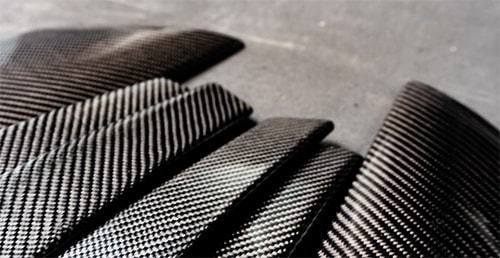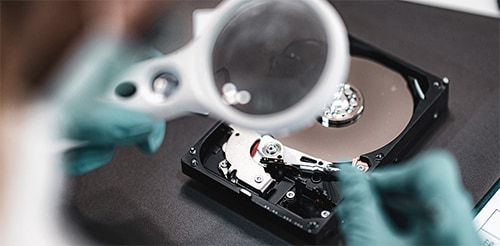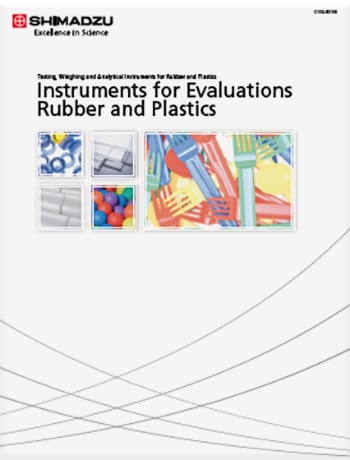Rubber
Engineering Materials
Engineering materials, including non-organic materials such as metals, rubbers, ceramics, glasses, FRPs, carbon materials, and cellulose nanofibers, play a crucial role in shaping the future of technology and manufacturing.
Shimadzu offers total solutions such as spectroscopy, material testing, non-destructive testing and microscopy for evaluating the properties and performance of materials used in various engineering applications. We provide a wide range of analytical and measuring instruments such as elemental analyzers (EDX, AA), testing machines, X-ray CT systems, and surface observing systems (SPM, EPMA) to support evaluation and quality control in the engineering materials industry. Learn more about these solutions below.
-
-
Carbon Fiber Reinforced Plastic (CFRP)
Glass Fiber Reinforced Plastic (GFRP)
Cellulose Nano Fiber Reinforced Plastic (CNFRP)
-
Naturally Derived Materials
Foundational Technologies for New Energy
Eco-Friendly Materials
Biomaterials
-
Geology
Mineralogy
-
-
-
Aluminum Alloy
Physical Properties and Observations-Processed metal products
-
Dispersion
-
-
-
CNFs Evaluation
CNF Composite Material Evaluation
Related Documents
-
Solutions for Utilizing New Environmentally Friendly Materials
-
Testing, Weighing, and Analytical Instruments for Rubber and Plastics
















